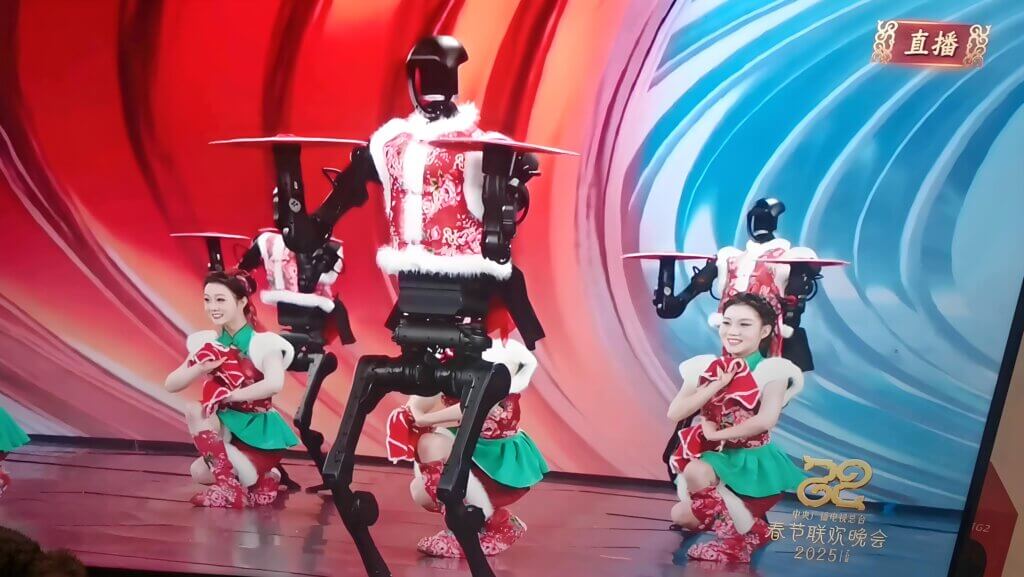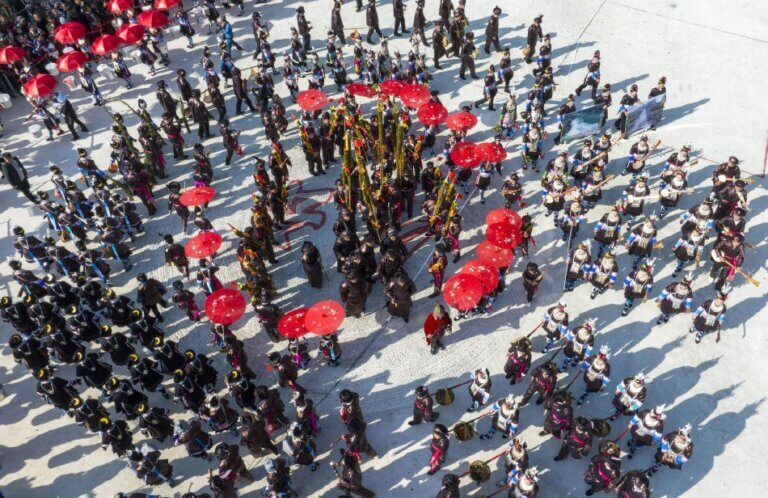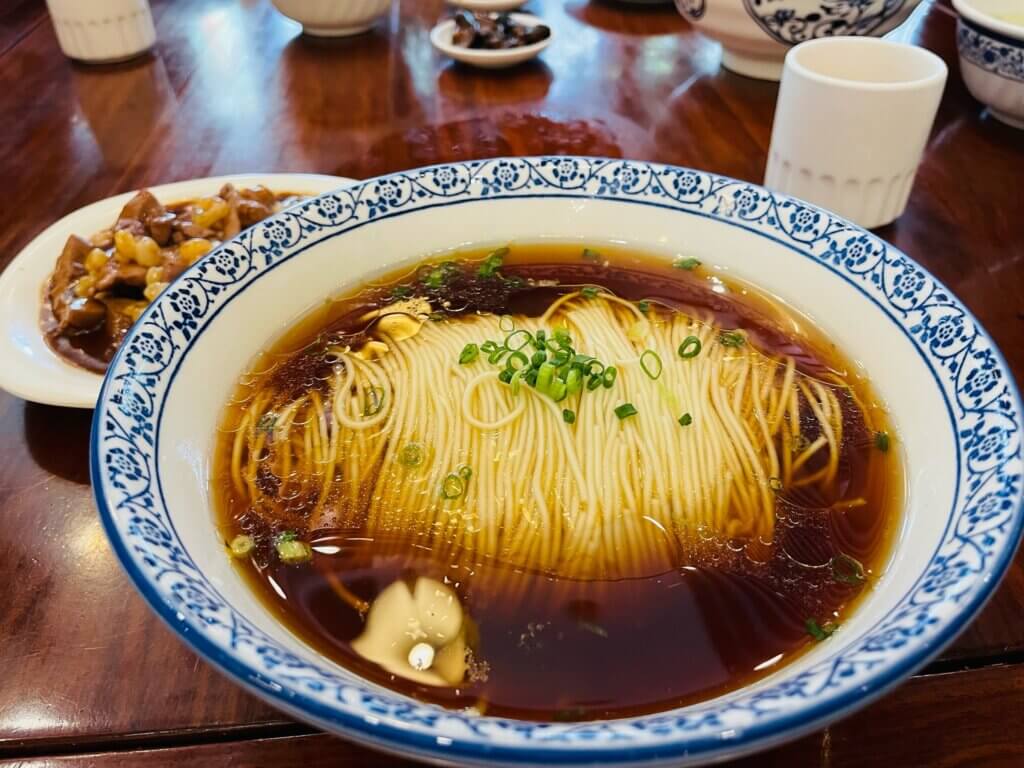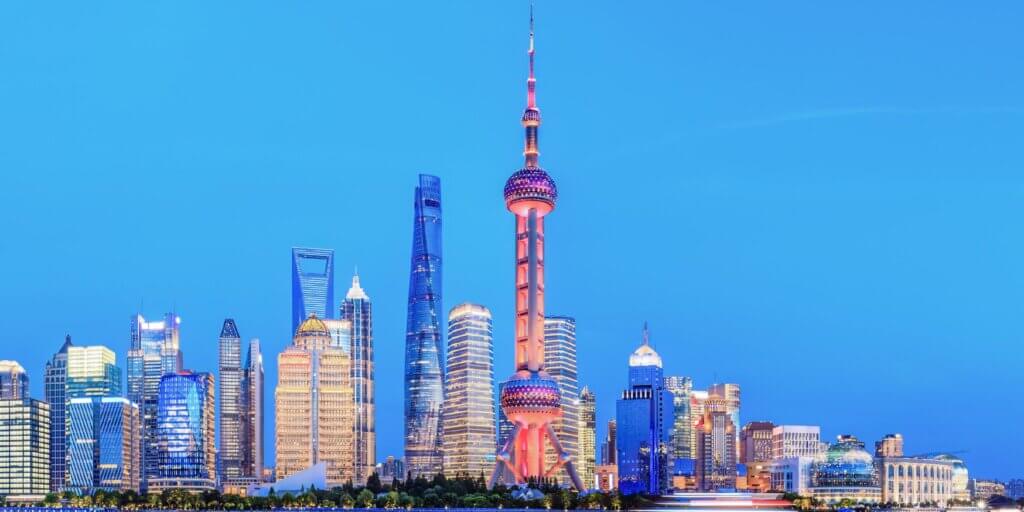
The YangBOT Phenomenon: When Robots Mastered Yangko at China’s 2025 Spring Festival Gala
When I first witnessed the YangBOT performance during the 2025 CCTV Spring Festival Gala, it felt like stepping into a sci-fi reimagining of tradition. Directed by the legendary Zhang Yimou, this groundbreaking show fused China’s folk dance Yangko with cutting-edge robotics. Sixteen humanoid robots, dressed in vibrant floral vests and wielding handkerchiefs, twirled, jumped, and even performed the iconic “seamless handkerchief spin” with uncanny precision. These Unitree H1 robots, developed by Hangzhou-based Unitree Robotics, showcased advanced AI algorithms and 3D laser radar systems to navigate the stage autonomously, syncing perfectly with live musicians and dancers.
The robots’ playful design—colorful jackets paired with bare mechanical legs—sparked humorous online debates (“Why aren’t the robots wearing pants?” trended for days). Yet, beyond the laughs, YangBOT symbolized a cultural milestone: a 500-year-old dance tradition reborn through technology. The music, composed by Zhang Qu, blended traditional suona horns and drums with AI-generated beats, proving that innovation could amplify heritage rather than erase it.
What Is Yangko? The Heartbeat of Chinese Folk Culture
Yangko (秧歌) is a lively group dance rooted in agricultural rituals. Originating in the Song Dynasty, it was performed to celebrate harvests and pray for prosperity. Dancers sway their hips, wave silk handkerchiefs or fans, and move in circular formations, often accompanied by clapping, drums, and flutes610. The steps are deceptively simple—stomping, skipping, and spinning—but the energy is infectious, embodying communal joy and resilience.
Traditional Yangko costumes are a feast for the eyes: bright red and green silk jackets, embroidered shoes, and waist drums for male performers. In northeastern China, where Yangko thrives, dancers often parody everyday life, adding slapstick humor to their routines.
Where and When to Experience Yangko in China
- Northeastern China (Liaoning, Jilin, Heilongjiang):
The heartland of Yangko. Villages here host spontaneous performances during Lunar New Year (January/February) and the Lantern Festival (February/March). In Shenyang, the “Yangko Capital,” grand parades flood the streets, with thousands dancing in unison. - Shaanxi Province:
Northern Shaanxi’s Ansai Yangko is a UNESCO-recognized variant. Performers wear waist drums and leap dramatically, reflecting the rugged Loess Plateau spirit. Best seen during the Qintong Boat Festival (April) or local temple fairs. - Shandong Province:
Coastal Shandong’s Haiyang Yangko incorporates fishing motifs, with dancers mimicking waves and net-casting. The Qingdao International Beer Festival (August) often features these aquatic-themed routines. - Urban Festivals and Tourist Hubs:
Cities like Beijing and Xi’an stage Yangko during Spring Festival temple fairs (e.g., Ditan Park in Beijing). For a tech-infused twist, watch for Unitree Robotics’ public demos—their $13,600 G1 humanoid robots occasionally reprise YangBOT moves at tech expos.
Why Yangko Matters: A Dance of Past and Future
Yangko’s evolution from farm fields to robot stages mirrors China’s cultural dynamism. While purists might balk at mechanized dancers, YangBOT’s viral success has introduced Yangko to Gen Z audiences globally. As Zhang Yimou noted, “Tradition isn’t static; it’s a dialogue between generations”.
Whether you join a village circle in Heilongjiang or marvel at robotic precision in Hangzhou, Yangko invites you to move, laugh, and connect—an enduring testament to China’s festive soul.




